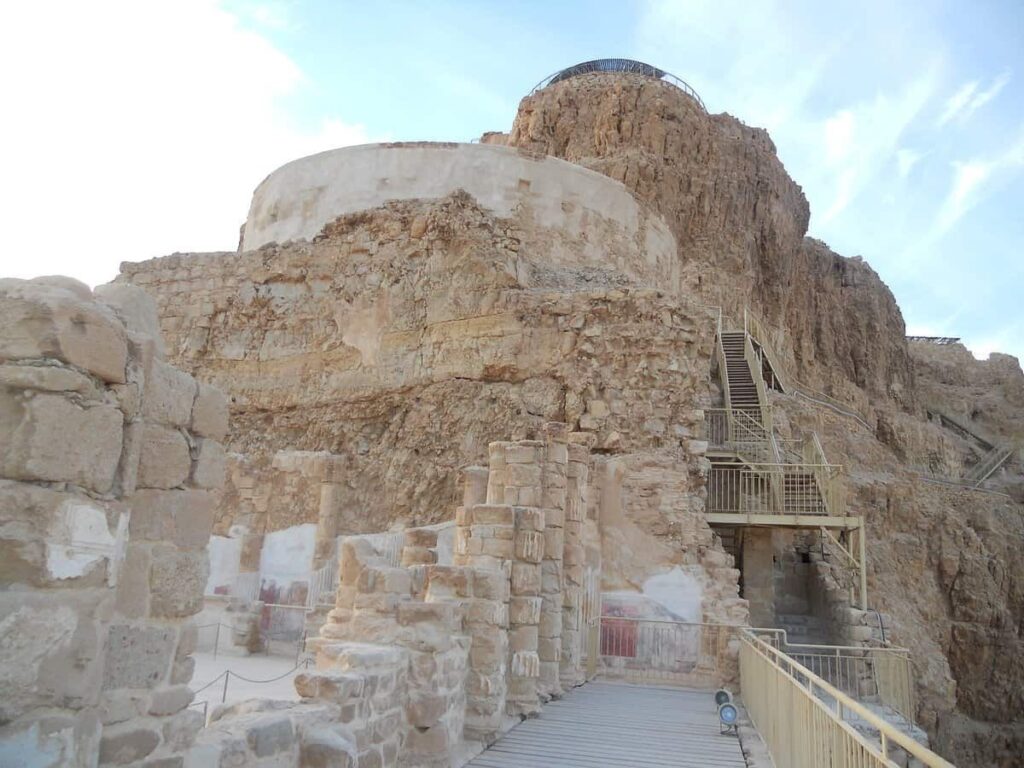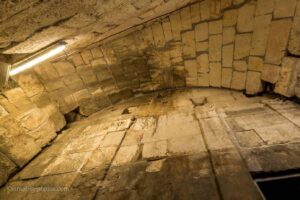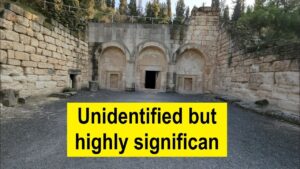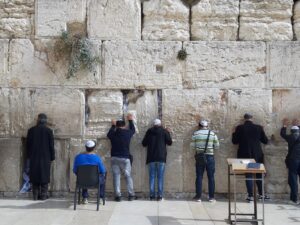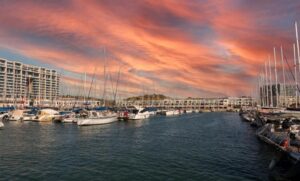Herod’s Palace, Masada: Ruins of the Ancient King’s Fortress
Nestled atop a rugged plateau in the Judean Desert, Masada is a site of immense historical significance and breathtaking beauty. This ancient fortress, built by King Herod the Great, offers visitors a glimpse into the past with its well-preserved ruins and stunning views of the surrounding landscape. Whether you’re a history buff, an archaeology enthusiast, or simply someone who appreciates awe-inspiring vistas, Masada is a must-visit destination.
What to See at Masada
When you arrive at Masada, you’ll be greeted by the impressive remains of Herod’s Palace, which was constructed between 37 and 31 BCE. The palace complex is divided into three main sections: the Northern Palace, the Western Palace, and the storerooms and bathhouses. The Northern Palace is particularly striking, with its three-tiered structure built into the cliffside, offering panoramic views of the Dead Sea and the desert below.
As you explore the site, you’ll also come across the remains of Roman siege camps and the impressive ramp built by the Romans during their siege of Masada in 73-74 CE. The site’s museum provides further context, showcasing artifacts discovered during excavations and offering insights into the daily lives of those who once inhabited the fortress.
A Bit of History and Interesting Facts
Masada’s history is as dramatic as its location. Originally built as a winter retreat for King Herod, the fortress later became a symbol of Jewish resistance. In 66 CE, during the First Jewish-Roman War, a group of Jewish rebels known as the Sicarii took refuge at Masada. The Romans laid siege to the fortress, and after months of resistance, the rebels chose to take their own lives rather than surrender. This act of defiance has made Masada a powerful symbol of courage and determination.
One interesting fact about Masada is its ingenious water system. Despite being in a desert, Herod’s engineers devised a series of aqueducts and cisterns to collect and store rainwater, ensuring a reliable water supply for the fortress’s inhabitants.
Getting There and Tips for First-Time Visitors
Masada is accessible by car or public transportation. If you’re driving, take Route 90 along the Dead Sea, and you’ll find clear signs directing you to the site. For those using public transport, buses run regularly from Jerusalem and Tel Aviv to the Masada Visitor Center.
Once you arrive, you have two main options for reaching the top of the plateau: a cable car or the Snake Path, a steep hiking trail. The cable car offers a quick and easy ascent, while the Snake Path provides a more challenging but rewarding experience, especially if you start early to catch the sunrise.
For first-time visitors, it’s advisable to wear comfortable walking shoes, bring plenty of water, and protect yourself from the sun with a hat and sunscreen. The site can get quite hot, especially in the summer months, so plan your visit accordingly.
